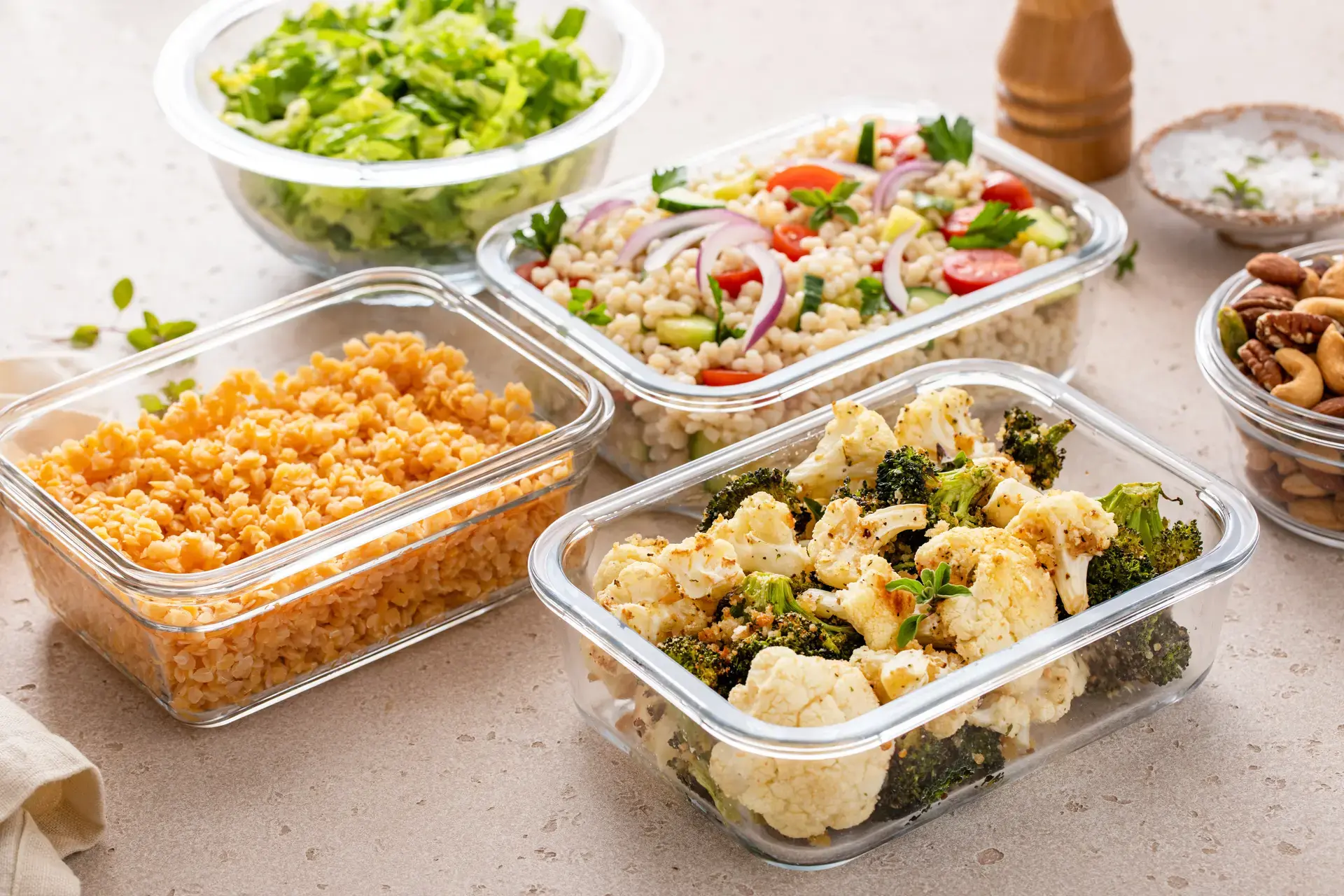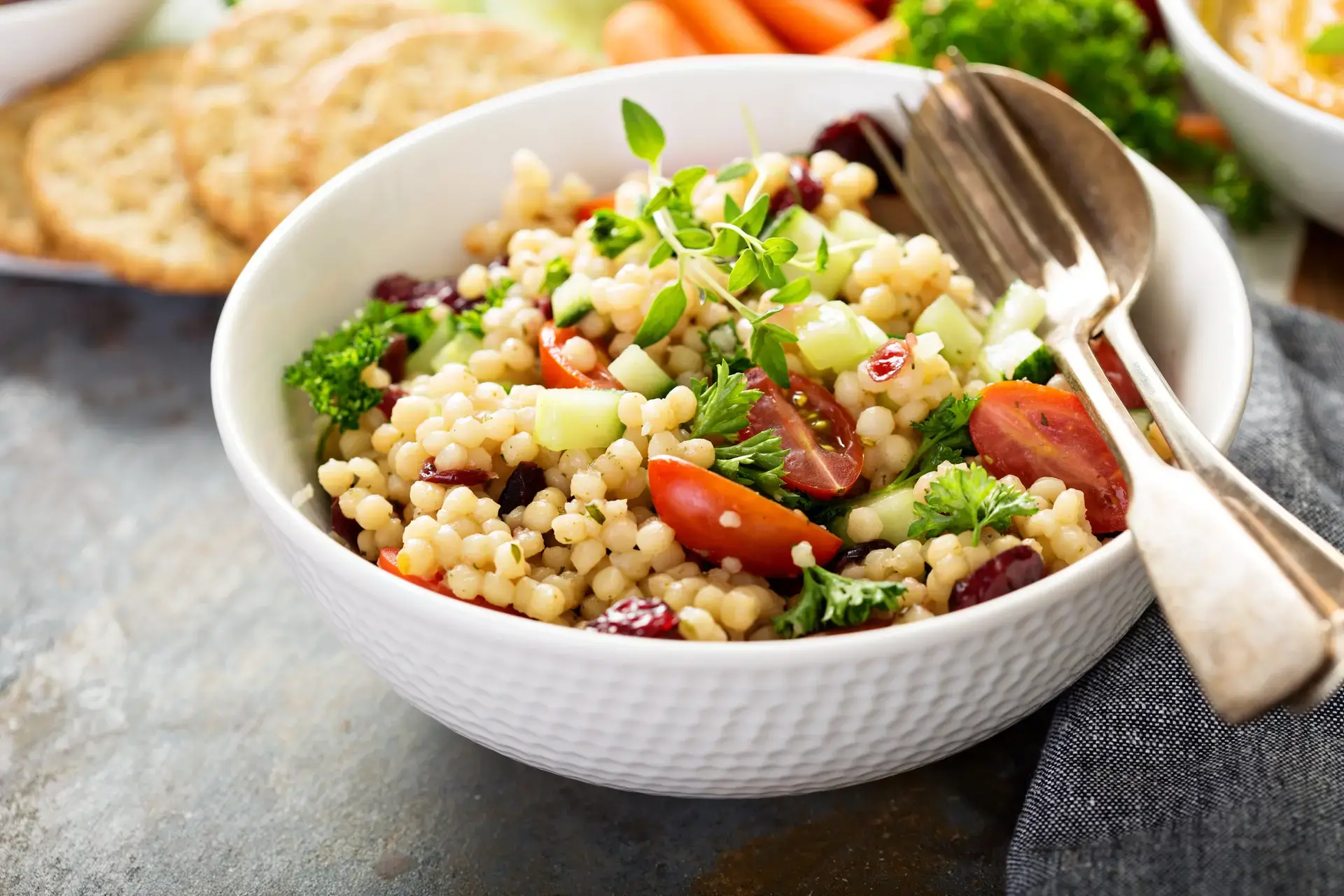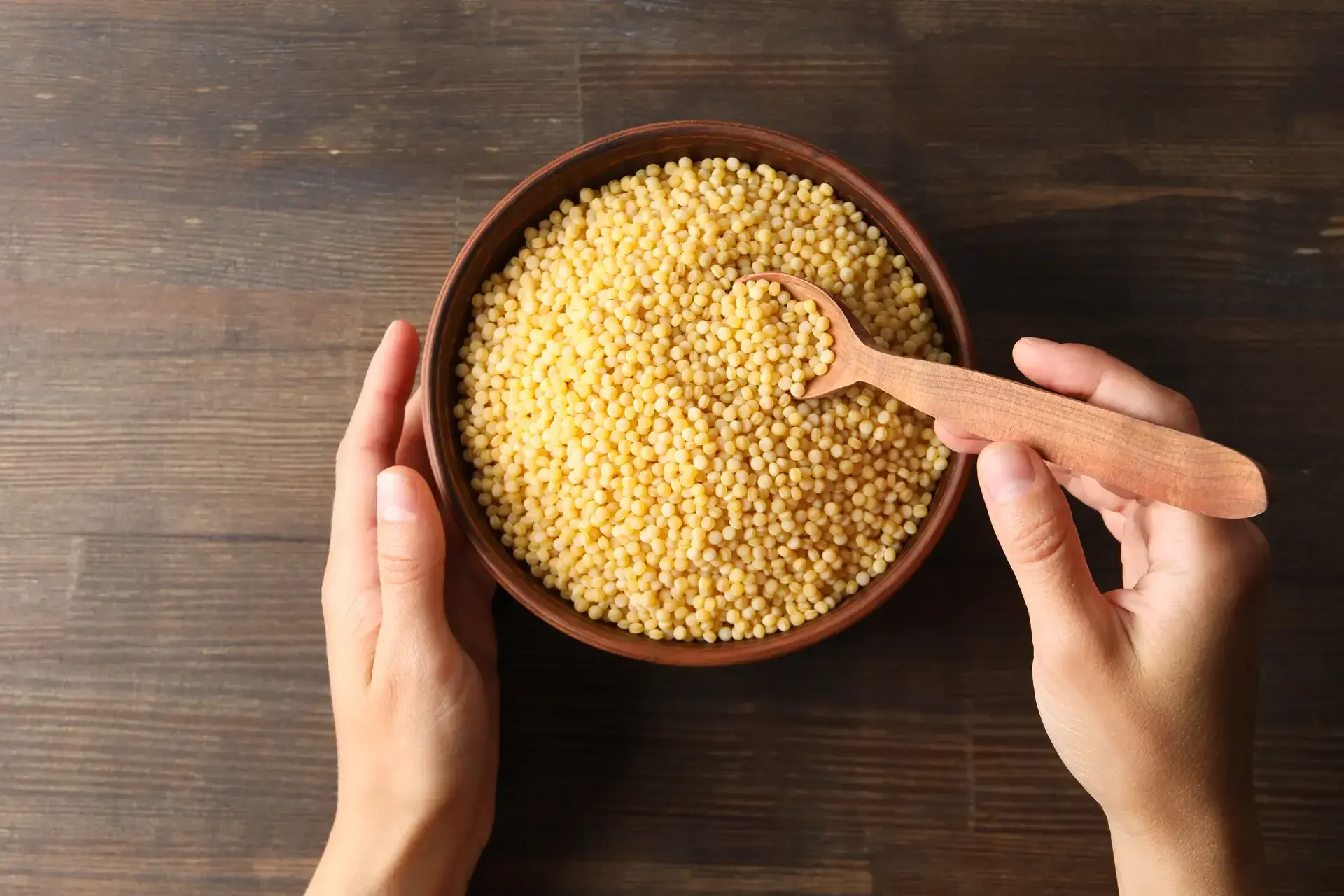Filipinos and rice are practically inseparable—it’s part of our national DNA! You’ve probably had white, brown, red, and black, but we've got a different rice replacement that’ll bring your tastebuds on a global journey. Have you ever tried couscous?
This North African staple food is slowly making its way into our local food scene thanks to the foodies and influencers who are updating our culinary preferences. Versatile, nutritious, and easy to prepare are just some of the reasons to make a conscious couscous switch, but first, let us tell you more about this tasty delicacy!













